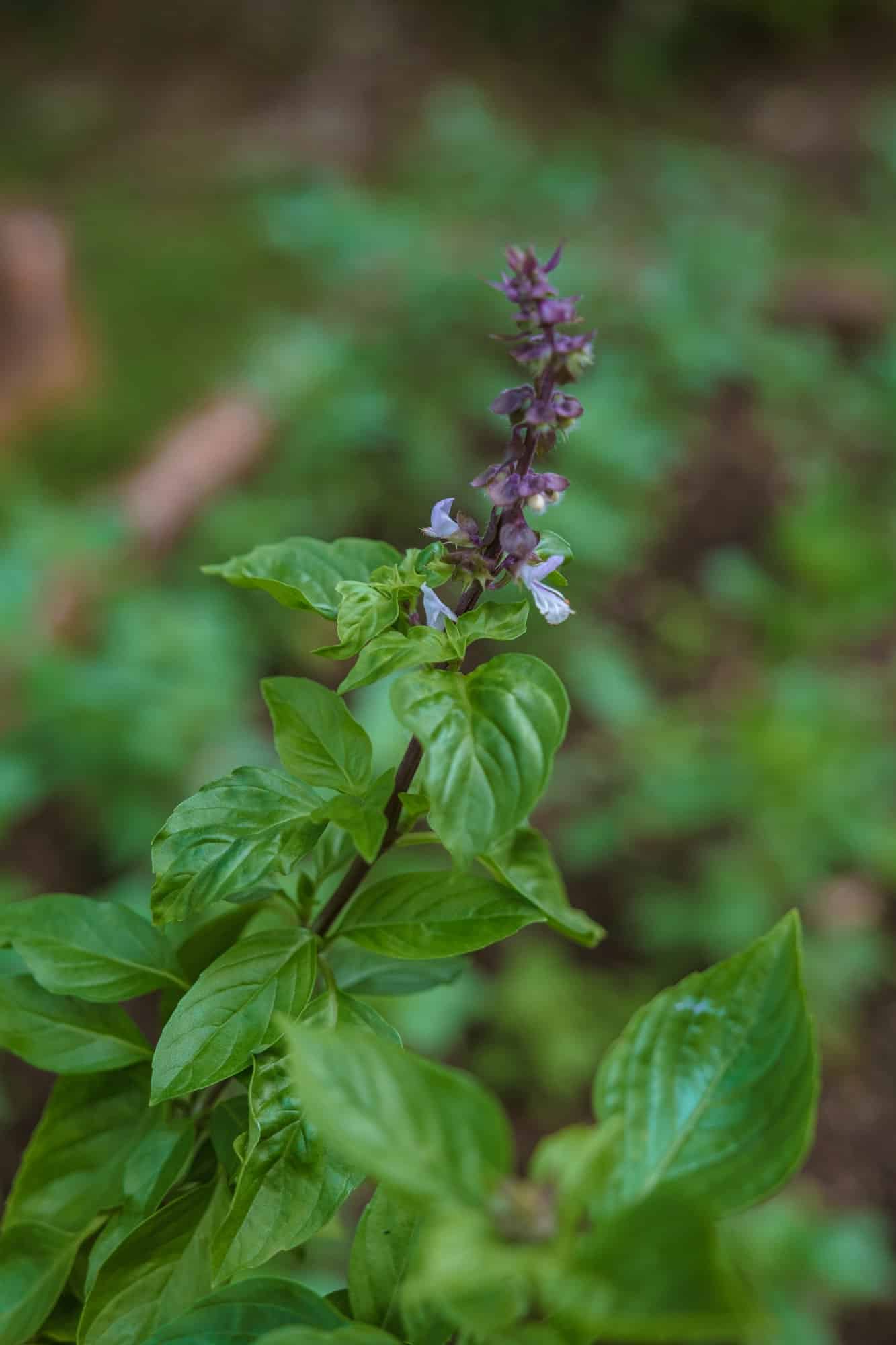The Peak District National Park is a treasure trove of natural beauty, offering numerous hiking trails and scenic views. It is home to some of the best hikes such as Mam Tor, Kinder Scout, and the Great Ridge. To truly enjoy these wonders while preserving them for future generations, planning an eco-friendly hiking trip is essential. This guide will walk you through everything you need to know about organizing a sustainable visit to the Peak District.
Understanding the Peak District National Park
The Peak District National Park spans over 555 square miles, making it an expansive area perfect for exploring on foot. Known for its diverse landscapes, the park is divided into two distinct regions: the White Peak and the Dark Peak. The former is characterized by gently rolling hills and dales, while the latter features dramatic moorlands.
Also to see : What are the best strategies for a budget-friendly visit to the Tower of London?
When planning your trip, consider the numerous district walks and trails peak has to offer. From the well-trodden paths of Mam Tor to the lesser-known routes like Lud Church and Chrome Hill, there is no shortage of options. However, before you lace up your boots, it’s crucial to think about how you can minimize your impact on this pristine environment.
Choosing Sustainable Transport Options
One of the most significant ways to reduce your carbon footprint is by opting for eco-friendly travel methods. While driving a car might seem convenient, it contributes to carbon emissions and congestion in the area, particularly during peak seasons.
Additional reading : Discover the best expats forums to thrive in portugal
Instead, consider taking public transport to reach the Peak District. There are frequent train services to the region from major cities like Manchester and Sheffield. Once you arrive, local buses can take you to popular starting points for hiking routes. For instance, the Hope Valley line offers stunning views and access to some of the best walks, including the ascent to Mam Tor.
If public transport isn’t feasible, carpooling with friends or family is a great alternative. This not only reduces the number of vehicles on the roads but also makes for a more enjoyable journey together. For those who prefer to drive, parking in designated car parks helps manage environmental impact and ensures that natural habitats remain undisturbed.
Selecting Eco-Friendly Hiking Gear
When preparing for your hiking trip, choosing the right gear is essential for both your comfort and the environment. Opt for equipment made from sustainable materials and brands that prioritize ethical manufacturing practices. Look for hiking boots, backpacks, and clothing made from recycled or organic materials.
Water bottles should be reusable rather than single-use plastics. The same goes for food containers; invest in durable, reusable options to carry your snacks and meals. Packing out all your waste, including food scraps, is a critical part of practicing Leave No Trace principles.
Additionally, carrying a map and compass instead of relying solely on GPS devices can reduce your electronic waste and the temptation to use disposable batteries. Surrounding yourself with nature means striving to keep it as undisturbed as possible.
Planning Your Hiking Route
The Peak District is renowned for its variety of hiking routes that cater to all levels of experience. To make the most of your eco-friendly trip, choose paths that are well-marked and frequented, as creating new trails can damage local flora and fauna.
Mam Tor and The Great Ridge
Mam Tor, also known as the “Shivering Mountain,” offers one of the most iconic walks in the Peak District. Starting from the village of Castleton, this circular walk takes you up to the summit of Mam Tor, offering panoramic views of the Hope Valley and beyond. The Great Ridge walk extends from Mam Tor to Lose Hill, providing spectacular vistas and a moderately challenging hike.
Kinder Scout
Kinder Scout, the highest point in the Peak District, is another must-visit. This walk can be accessed from the village of Edale, and it takes you through diverse landscapes, including the picturesque Kinder Downfall. Be prepared for a more strenuous hike as the terrain can be rugged, but the views make it worth every step.
Stanage Edge
For those who prefer a gentler hike, Stanage Edge offers stunning views with less strenuous effort. This walk can be started from Hathersage and follows the edge of the gritstone escarpment, presenting opportunities for rock climbing and bird watching.
Each of these routes provides unique experiences and highlights the best of what the Peak District has to offer. To ensure you leave no trace, stick to established paths and avoid trampling on vegetation.
Supporting Local and Sustainable Businesses
Supporting local businesses is another excellent way to make your hiking trip eco-friendly. Many villages in the Peak District have family-run B&Bs, inns, and eco-lodges that offer comfortable and sustainable accommodations. These establishments often use locally sourced ingredients for their meals, reducing the need for long-distance food transport.
When dining out, choose restaurants and cafes that prioritize sustainable practices. Farm shops and local markets are great places to pick up supplies for your hikes. Not only does this support the local economy, but it also reduces your carbon footprint by cutting down on food miles.
Additionally, consider purchasing souvenirs from local artisans rather than mass-produced items. Handmade crafts, local foods, and other unique items make for memorable keepsakes while also promoting sustainable tourism.
Tips for an Eco-Friendly Hike
Besides the broader aspects of planning and preparation, there are several day-to-day practices you can adopt to ensure your hike is as eco-friendly as possible.
Stick to the Trails
One of the simplest yet most effective ways to minimize your environmental impact is to stay on designated trails. Straying off the path can lead to soil erosion and damage to local plant life.
Pack Out What You Pack In
Carry a small bag for your rubbish and take it with you when you leave. This includes biodegradable waste like fruit peels, which can attract wildlife and disrupt the natural ecosystem.
Use Biodegradable Products
When it comes to personal care products like soap and sunscreen, opt for biodegradable versions. Conventional products can wash into streams and harm aquatic life.
Respect Wildlife
Maintain a safe distance from any animals you encounter. Feeding wildlife can disrupt their natural feeding habits and make them dependent on human-provided food.
Conserve Water
While water is abundant in the Peak District, it’s vital to use it responsibly. Refill your water bottles at designated points and avoid contaminating natural water sources.
Planning an eco-friendly hiking trip in the Peak District National Park is not only possible but also rewarding. By choosing sustainable transport, selecting eco-friendly gear, supporting local businesses, and adhering to Leave No Trace principles, you can enjoy the best that this beautiful region has to offer while preserving it for future generations. From the breathtaking views atop Mam Tor to the rugged beauty of Kinder Scout, the Peak District is a haven for hikers who care about the environment. With careful planning and mindful practices, your visit will be both memorable and sustainable.
















